The conversion of classic Saab cars from petrol variants to electric vehicles (EV) is not something new, and we have noticed them on this blog many times. But mostly it was custom conversions with handy equipment, tools and batteries.
Unlike the mentioned conversions, in the story transmitted by the Dutch “Autoweek”, the main role is played by Theo van de Poll (58), who came up with the idea to convert the classic small sports Saab Sonett into an electric vehicle, but with quite advanced technologies compared to all previous versions made by Saab enthusiasts so far.
Table of Contents
Saab Sonett III from 1971 as the basis for EV
Earlier this year, thanks to a change of job, Theo van de Poll had plenty of time to pursue hobbies and especially his favorite Sonett. When he took up a new job in early 2020, after 30 years as R&D director at food giant Unilever, he decided to make good use of the months between the end of his old position and the start of his new one. The excess of free time directed him to the small sports Sonett III from 1971.
Once an engineer, always an engineer
Theo belongs to the group of true fans of the Swedish band, which he admired as a young man. Since then, he has been the owner of the classic Saab 95 wagon car, but also the latest generation 9-5 model from 2011. All that was missing was “Saab Sonett” to complete the SAAB collection. During this “excess of free time”, he acquired the Sonett III, and after only a few weeks of driving, he decided to convert this small car into an electric version.
As a mechanical engineer, innovation and engineering are not unknown to him and represent a real passion. Internal combustion engines are very familiar to him, but we all see the global direction of the car industry towards general electrification. How this will unfold remains to be seen, but his wish was to turn some old Saab Sonett into an EV.
The Heart of the Tesla Model S in the Little Saab Sonett
As a true engineer, Theo didn’t want to improvise when it came to batteries, so he borrowed six battery modules from Tesla Model S. This gave him a stable and reliable source of electricity with a lot of capacity. Also, He chose an 88 kW AC motor to power the electric Sonett.
His biggest problem was connecting a fairly powerful electric motor and a fragile Saab gearbox. And he succeeded in that. It limited torque, made an adequate connection between the Saab gearbox and the engine, and allowed the driver to use the old Saab gear lever to change gears, but no longer has a clutch pedal in the cab.
Inhibition of torque and power of the electric motor
The torque, which is limited to 130 Nm, is still more than enough to move easily the less than 900 kilograms light Saab. Shifting gears is pretty easy and hassle-free. In fourth gear, the Sonett only grumbles a bit when starting, but the mechanics can handle it all just fine. The cliché that electric cars are very heavy does not apply to this Saab: compared to the original, it only gained 60 kilos, of which 20 kilos on the front axle and 40 kilos on the rear axle. The balance is almost the same as with the original, which Theo received compliments from the RDW inspectors.
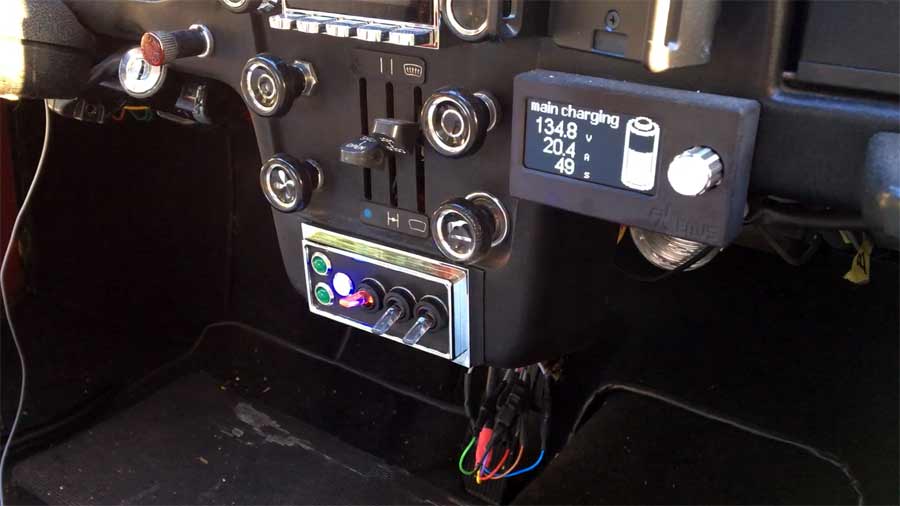
And that’s nice, after so much work. It is even better if all the details are correct. Because the RDW Inspection may require that an electric car has a display on which you can see the battery stock, it is of course much nicer if the fuel gauge shows how much life is left in your battery. Theo has succeeded in converting the data from the charging computer into a resistance signal that mimics the movement of a float in reservoir. So his fuel gauge shows the battery charge, and if the charge level is less than 15 percent, the fuel light comes on. If things get too hot, he set an audible alarm.
Saab Sonett III “Utenpolle”
Two months after starting his project, Theo started working for his new employer. As a result, he could no longer work full-time on the Saab, but he could work in the evenings. In July 2020, seven months after the start of the project, the RDW gave Theo its blessing and the Sonett was allowed to hit the road. Theo’s Saab is listed in the RDW register as ‘Sonett III Utenpolle‘.
“I wanted to have something of my own in the name,” he says. “Uten Polle was the name of my family in the thirteenth century, later it became Van den Polle, now it is Van de Poll. I use Utenpolle regularly, I also have the domain name, so that’s what my car had to be called.” The work on the Sonett was not yet finished: the tachometer remains a thorn in Theo’s side. He still can’t get it started. “A working rev counter in an EV is super pointless, I know that,” he grins, “but I really like that kind of thing to get it working.”
Plans for the future
He will later realize plans to restore the polyester body to its former glory and to replace the Baja Red paintwork with Amber Orange. Meanwhile, Theo has discovered that the range of his Saab fluctuates between 180 and 200 kilometers, depending on temperature and driving style, after all, as with all modern electric cars, but certainly this range is quite sufficient for daily driving. He drives his electric Sonett almost every day, to his new employer, for example.
Although some will think that this is sacrilege, he still thinks an electric Sonett fits the quirkiness that Saab has always radiated.


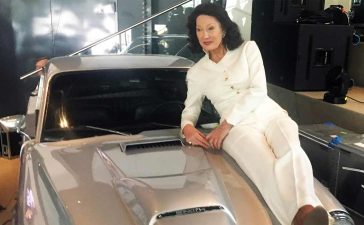





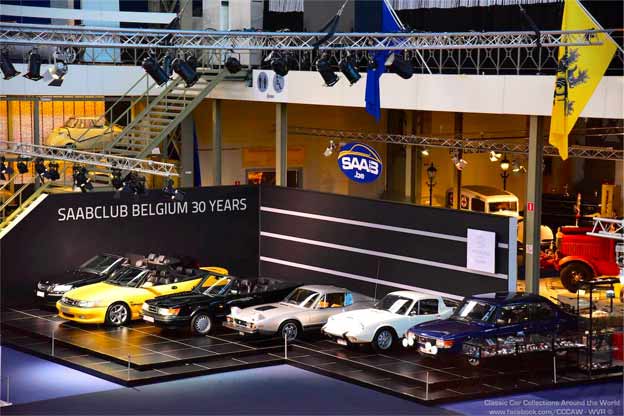
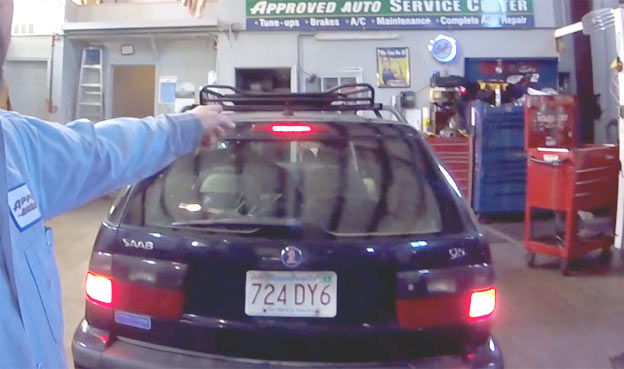
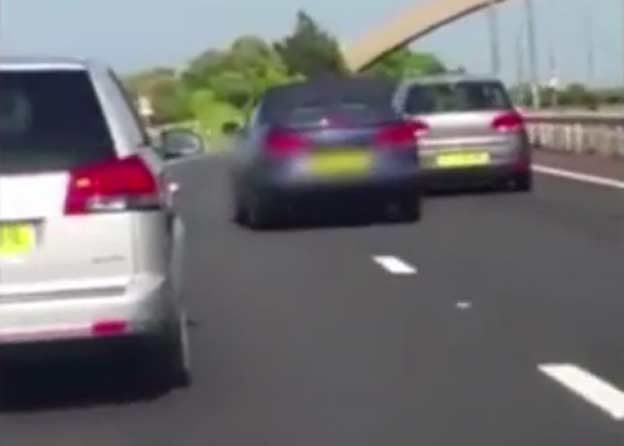

A sacrilege! Awe hell no !! A sacrilege would be letting your tired Sonett languish in the corner of your garage or out back in the bushes. Put a battery in it and use it for the rest of the 21st century ! The next couple generations need to know how wonderful cars can be !
Well… It is more reliable option than not well working Ford engine which was under the bonnet in Sonnet : p
Stronger springs up front…..
It is Not more a SAAB 😒
To Jonathan Casanova >
Yeah, so what? Saab were always about modern drive trains and environmentalism. If Saab were still around now and properly funded, I’m quite convinced they’d be offering an electric Sonett.
The Ford V4 was just a decision made out of necessity.
To Jakob Holgersson >
with great reluctance, I will point out a couple, however, I have found it useless to do so with anyone who is of the EV mindset. These cars spare the air that our fossil fuel cars do not. But they are so loaded with problems and other… See more
To Lois Kile Grace >
The exact BS I knew you’d spout. The materials that use Child Labour are also (and primarily) used by the petroleum industry.
Batteries are fully recyclable (apart from the Carson fiber shell). They are NOT buried.
And it’s just silly to demand new tech to launch perfected.
To Lois Kile Grace >
You don’t need photos, just provide a link. You can’t, because there isn’t one. There are however mineral deposits in Nevada.
Most plants making EV batteries also have recycling facilities. Because batteries are made out of valuable materials and recycling is cheaper than buying fresh.
To Jakob Holgersson >
I won’t provide a link because I don’t have to prove anything to you. I’m done with you, now go away.
To Lois Kile Grace >
“EV. Those batteries are made in third world countries”
USA is one of the “third world countries” where EV batteries are made. Quite many of them, actually.
It could also be a sign of being a “third world country” if waste is deposited in the desert instead of recycled. It is not an inherent problem with EV batteries, per se, but a problem with the mindset and society of the USA, if it really is the case.
(Other “third world countries” where EV batteries are made or factories for them are being built / started up, are Germany, Sweden, South Korea, Japan and China.)
(Of course the “third world” connection that Lois Kile Grace wrongly attributes to the making of EV batteries is the mining of the raw material cobalt in Congo. Now, while conditions there are of course extremely poor, this is not something exclusive to EV batteries, but the conditions existed before as the Cobalt is used in oil refineries, computer and mobile phone batteries and other uses.
Also it is to be considered, that some EV battery manufacturers have gone to great lengths to source the cobalt needed for their batteries from other sources, as well as the fact that a large amount of EV batteries do not include cobalt (for example about half of the production by Tesla) and the amount of cobalt has been reduced considerably in battery types that uses them.)